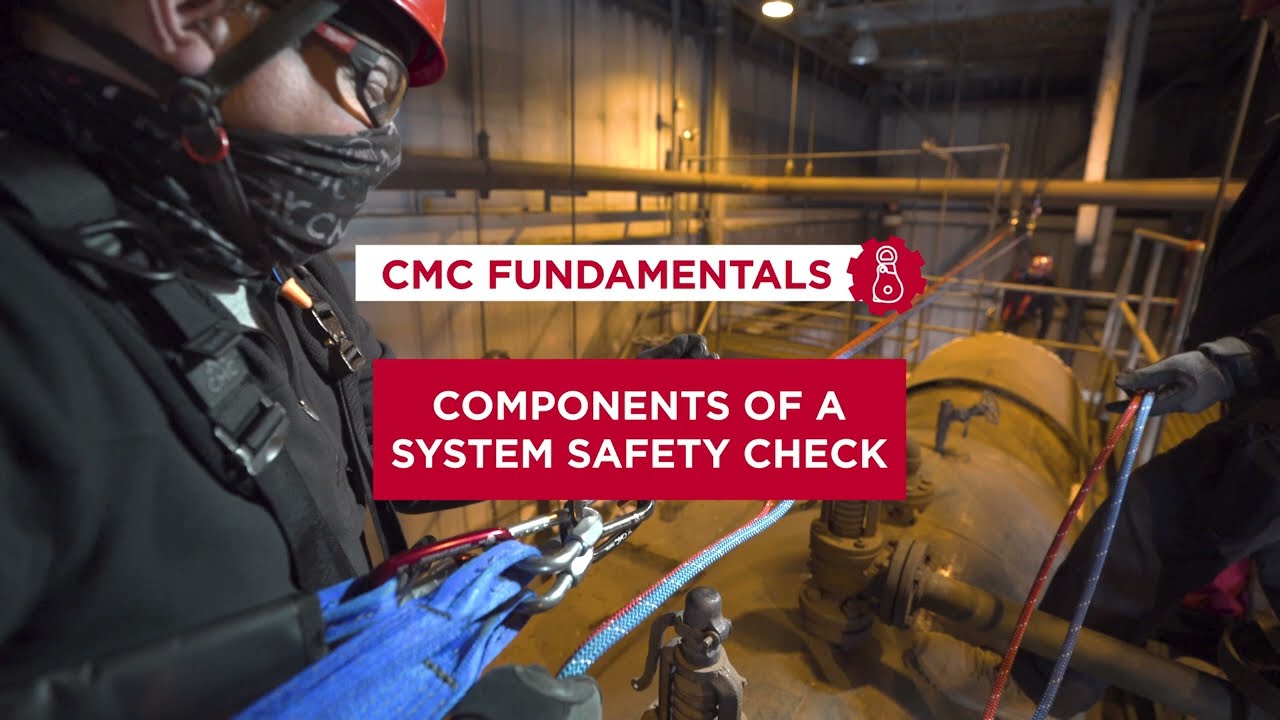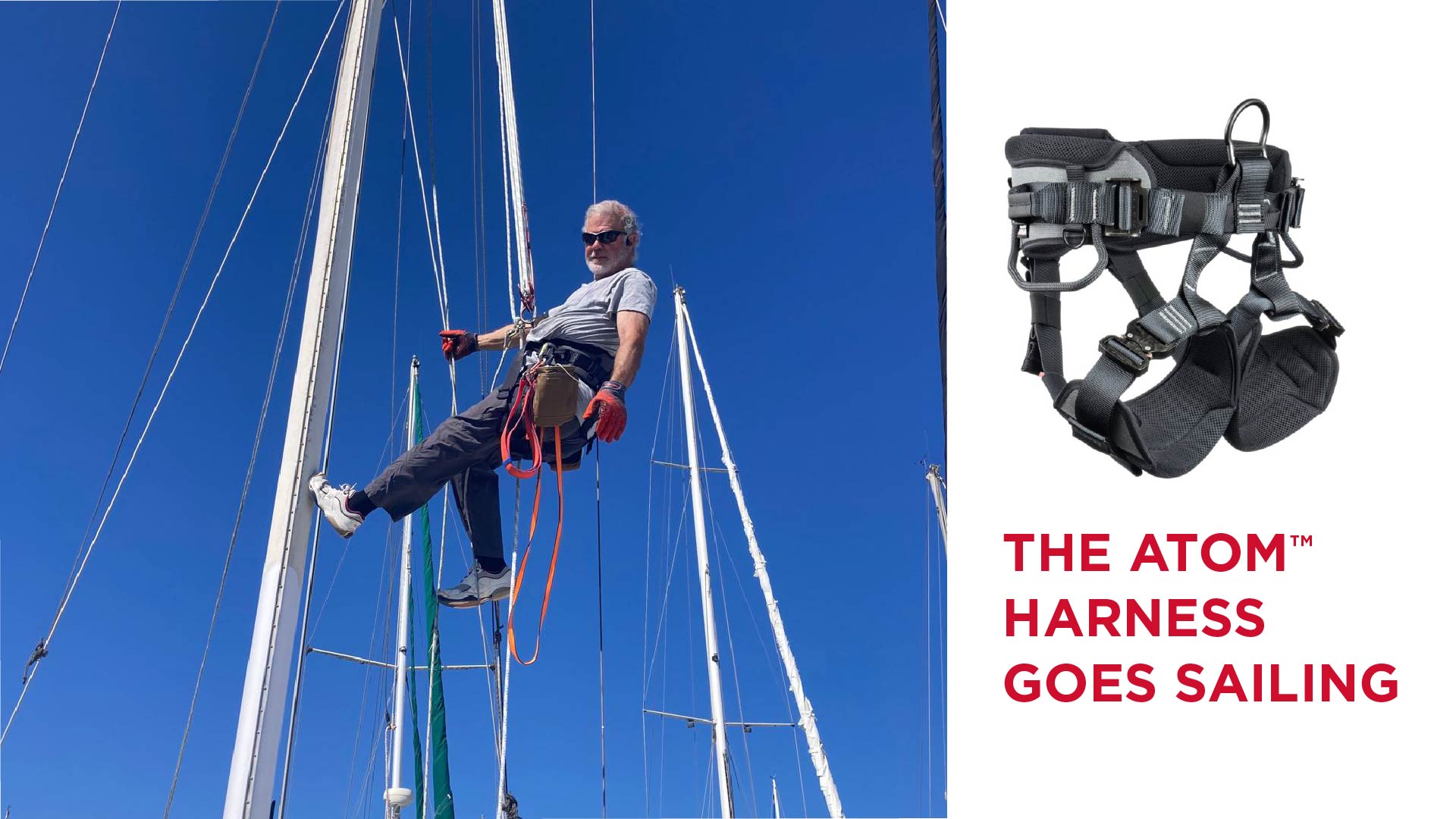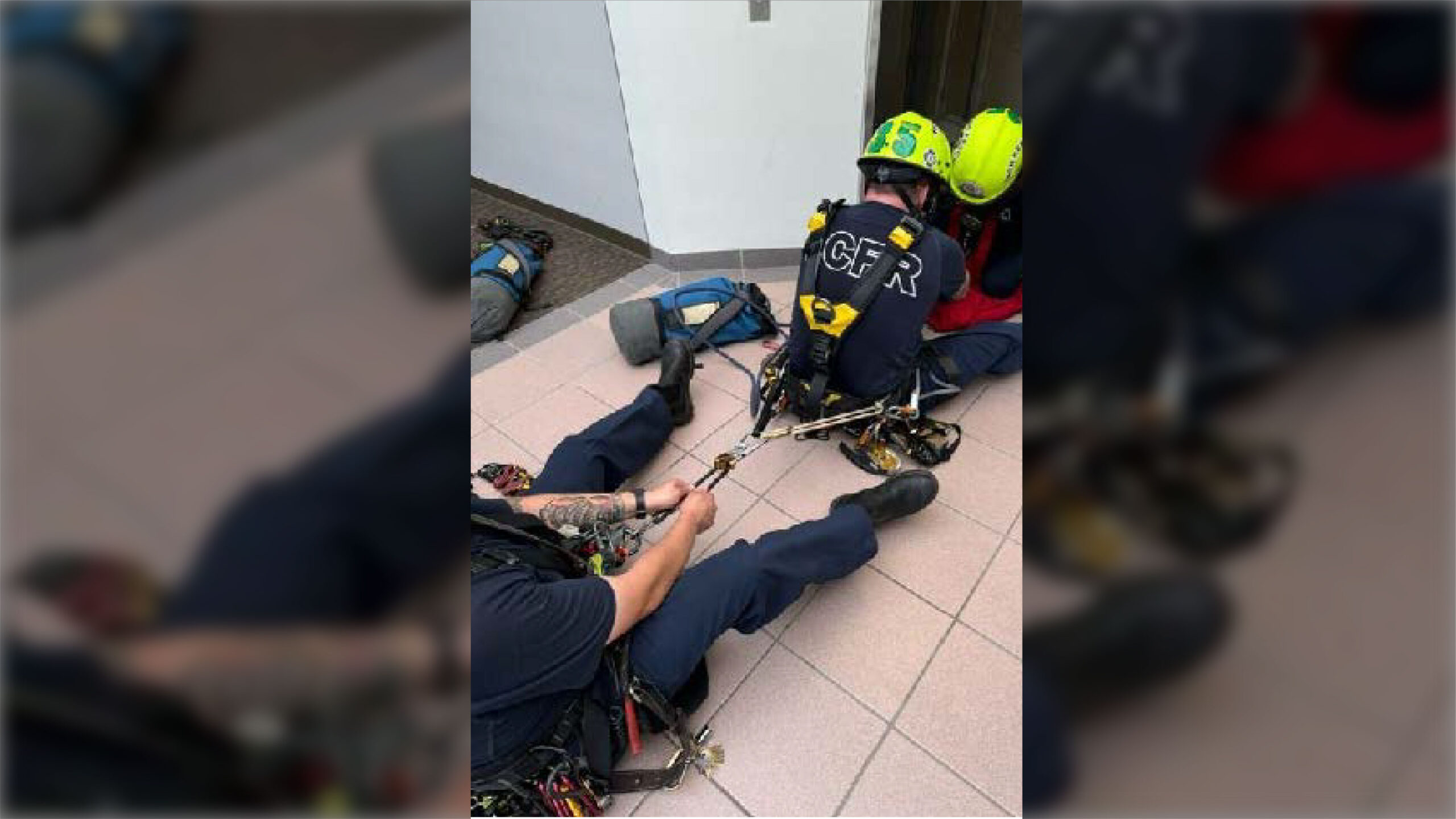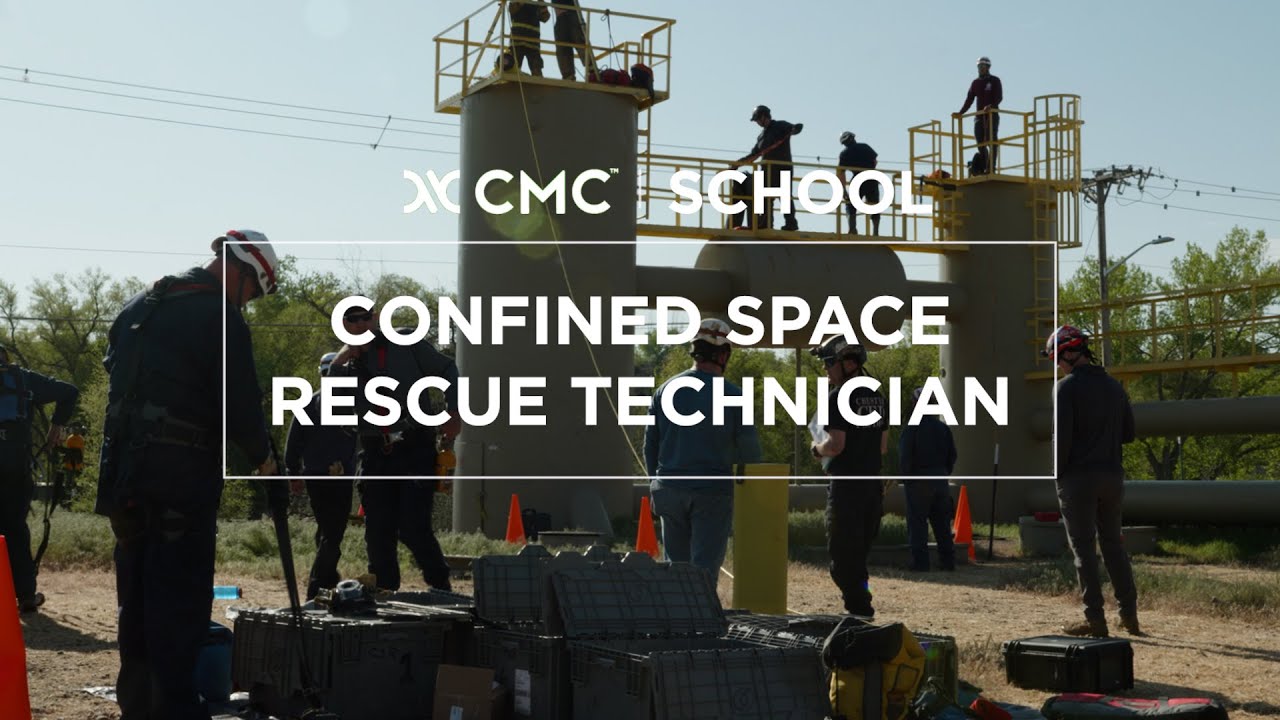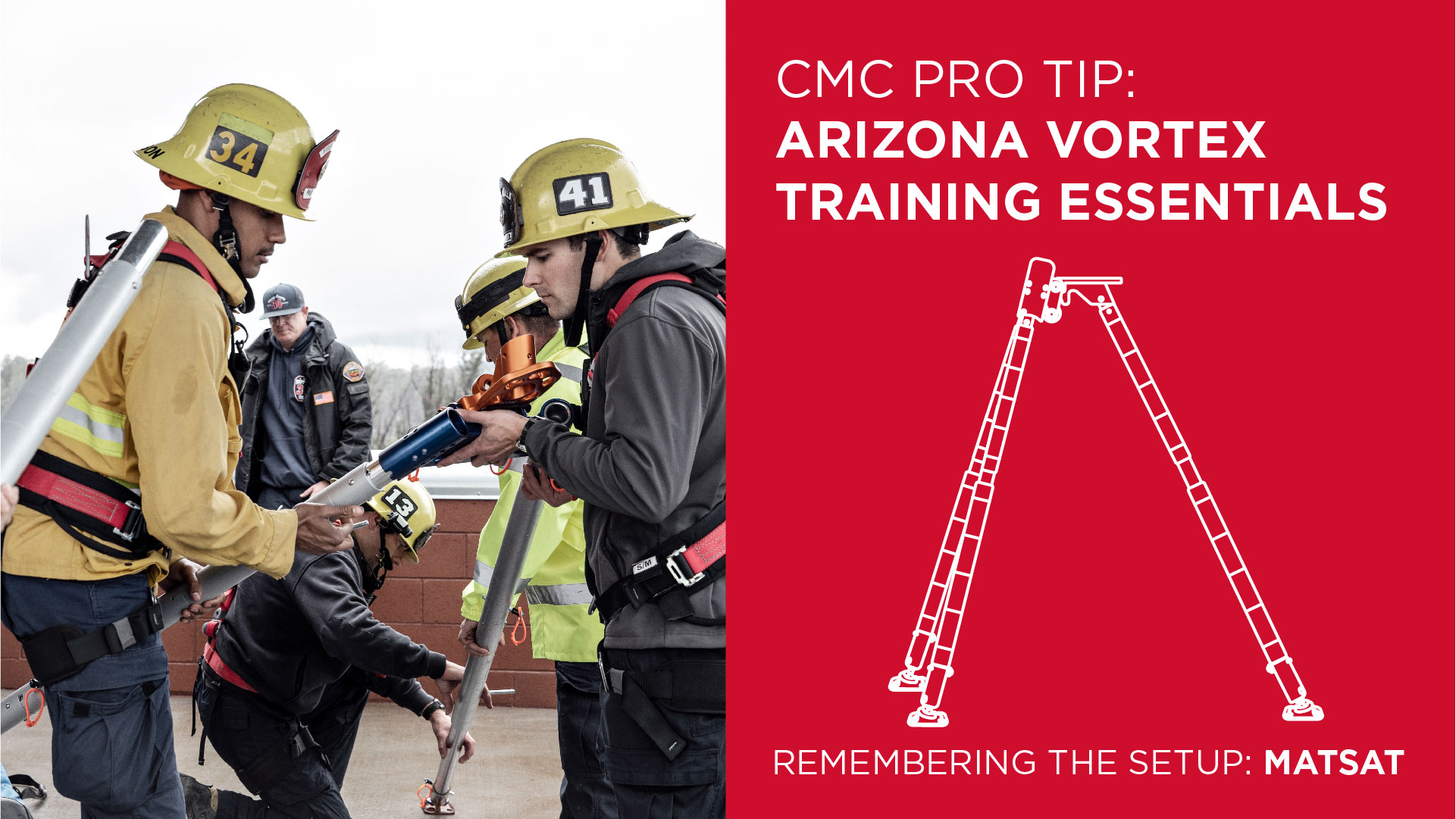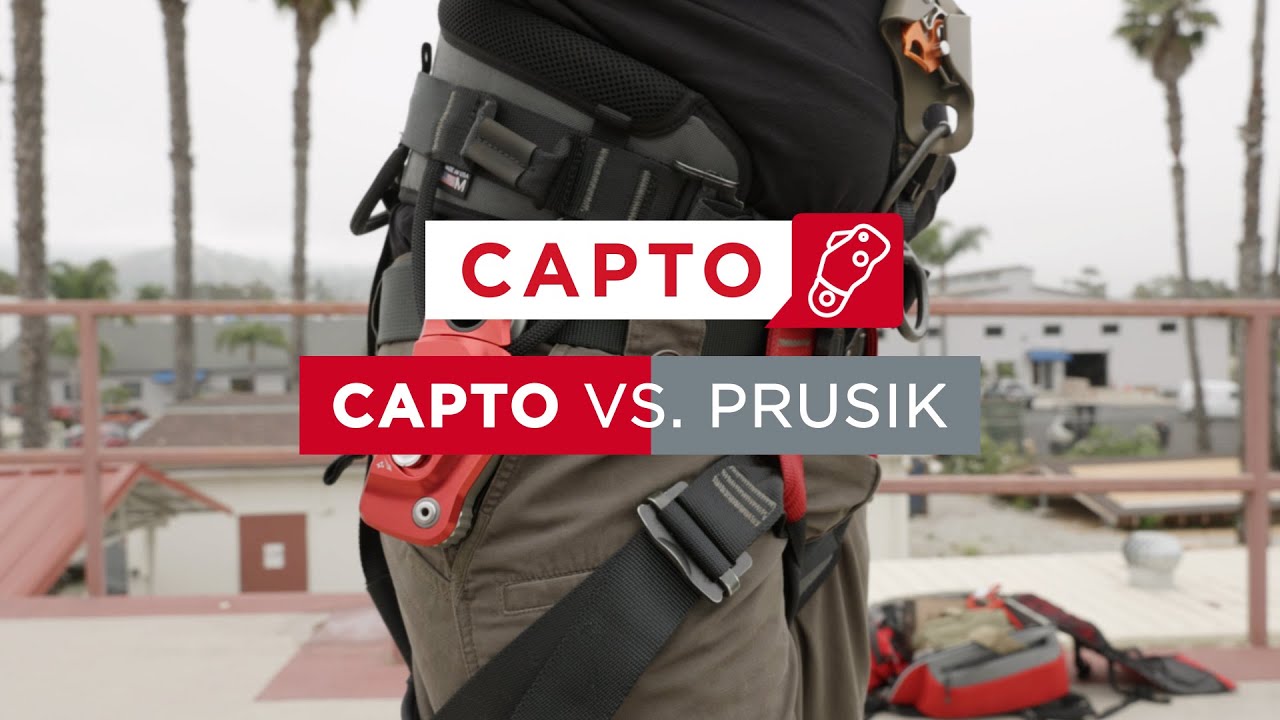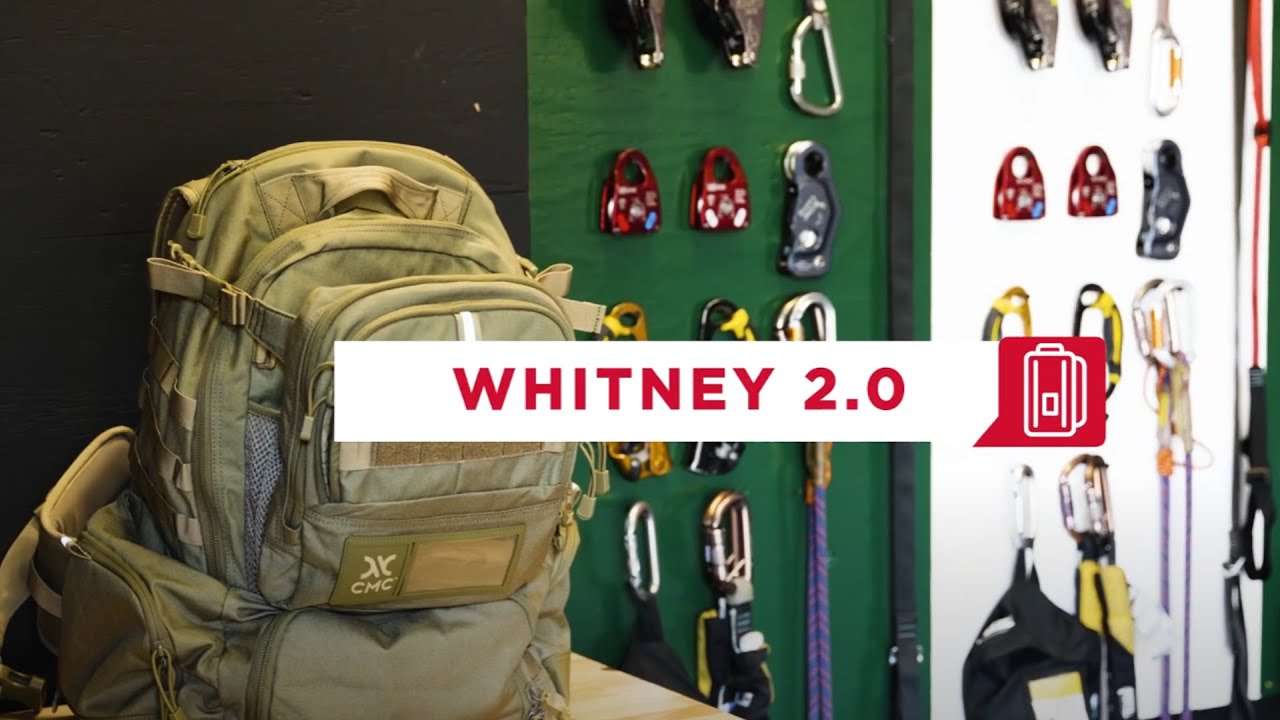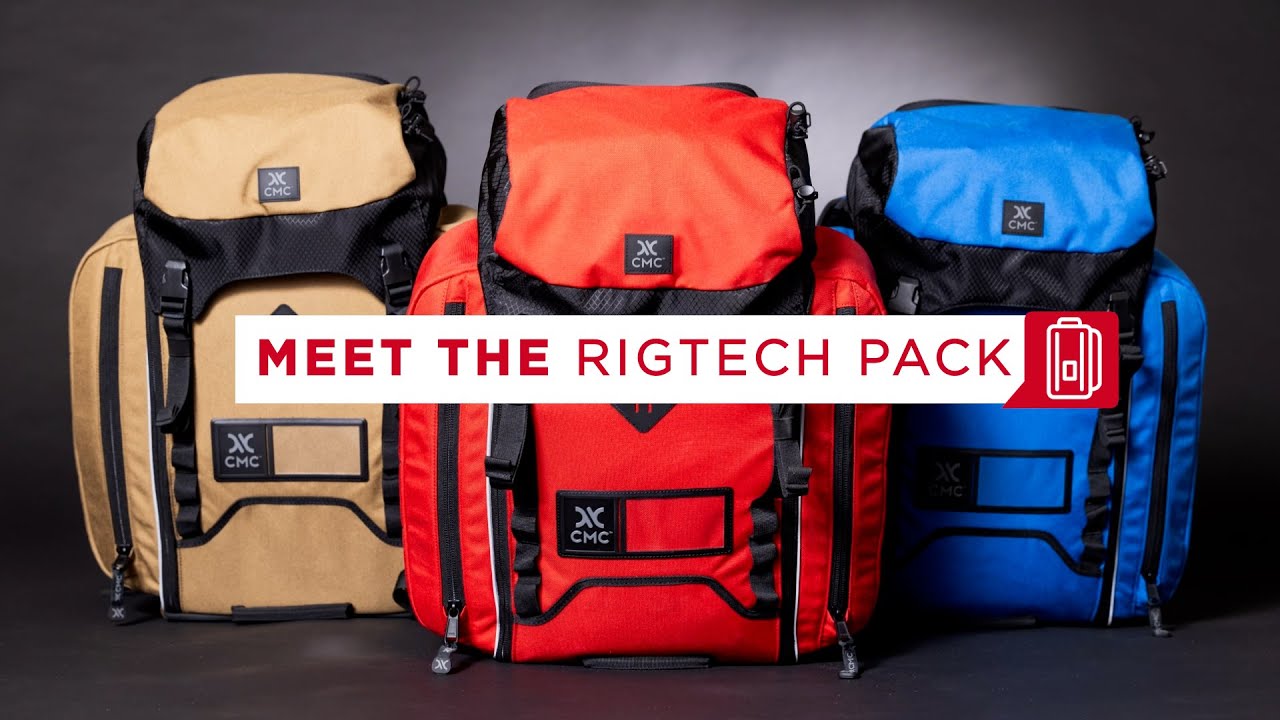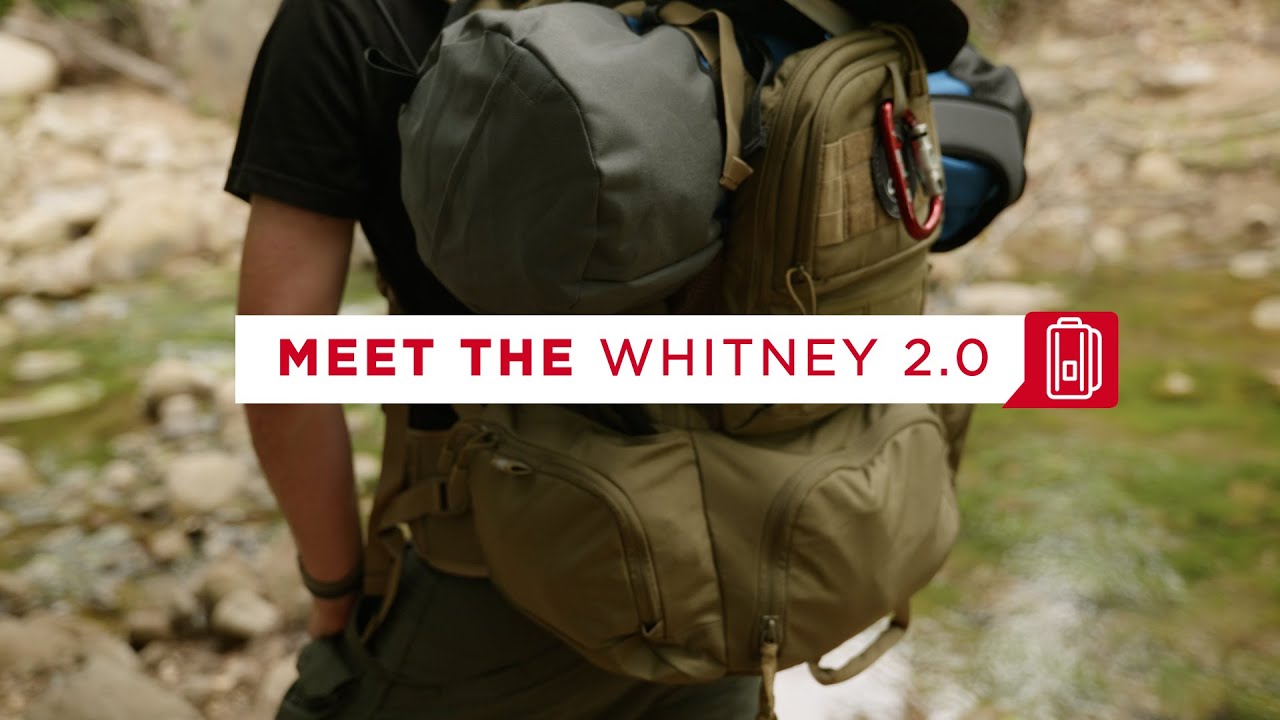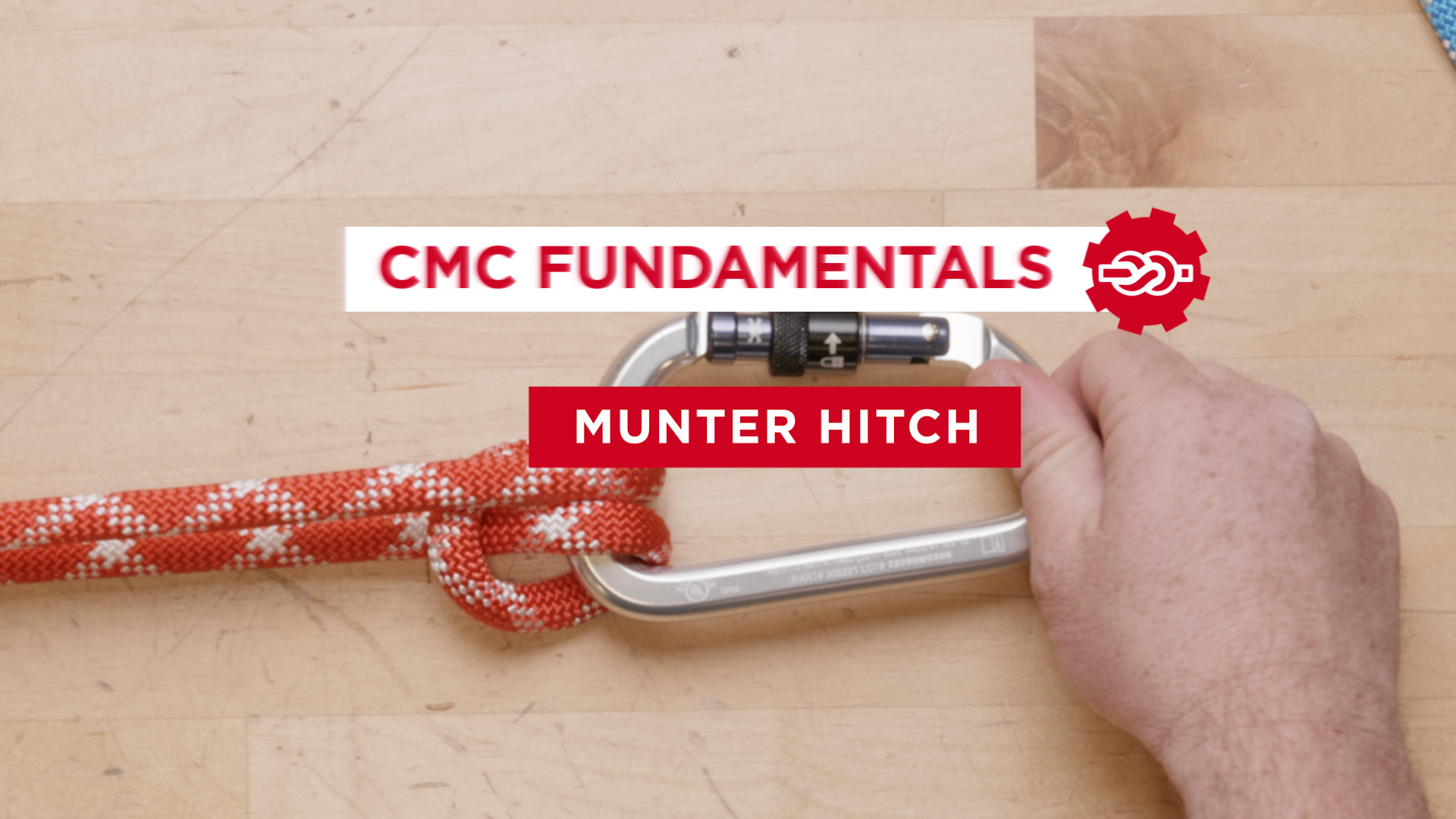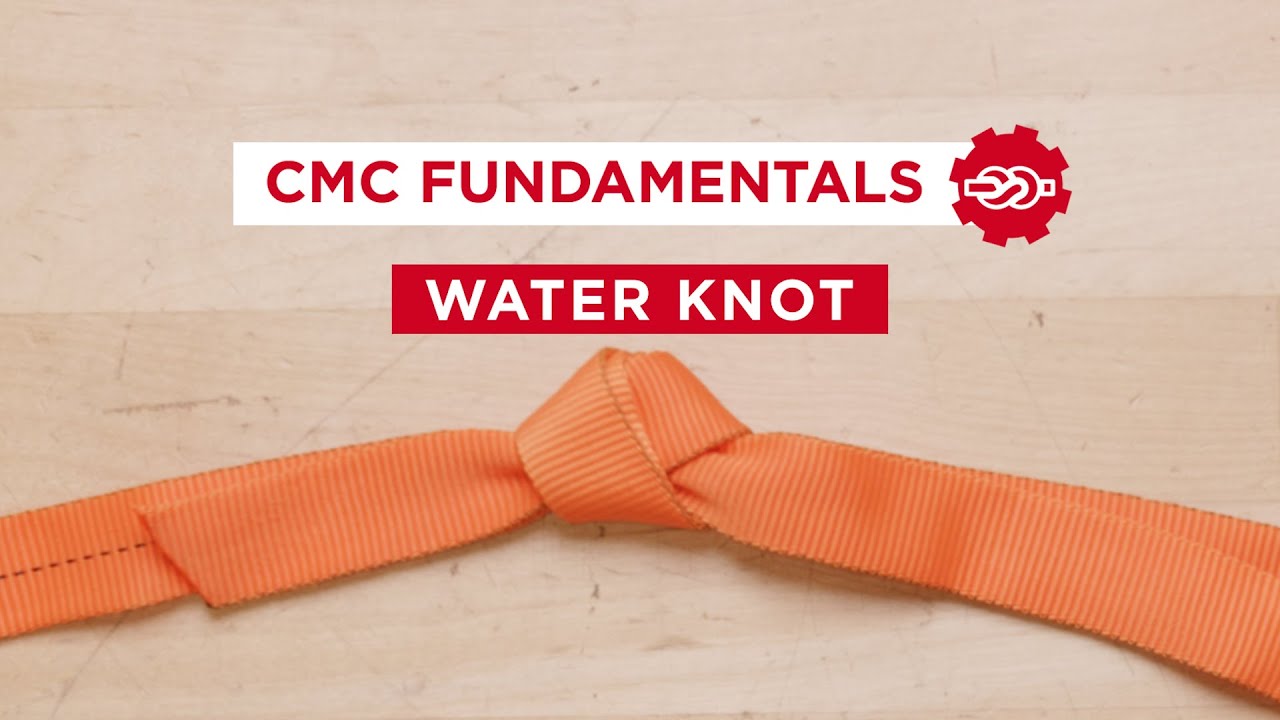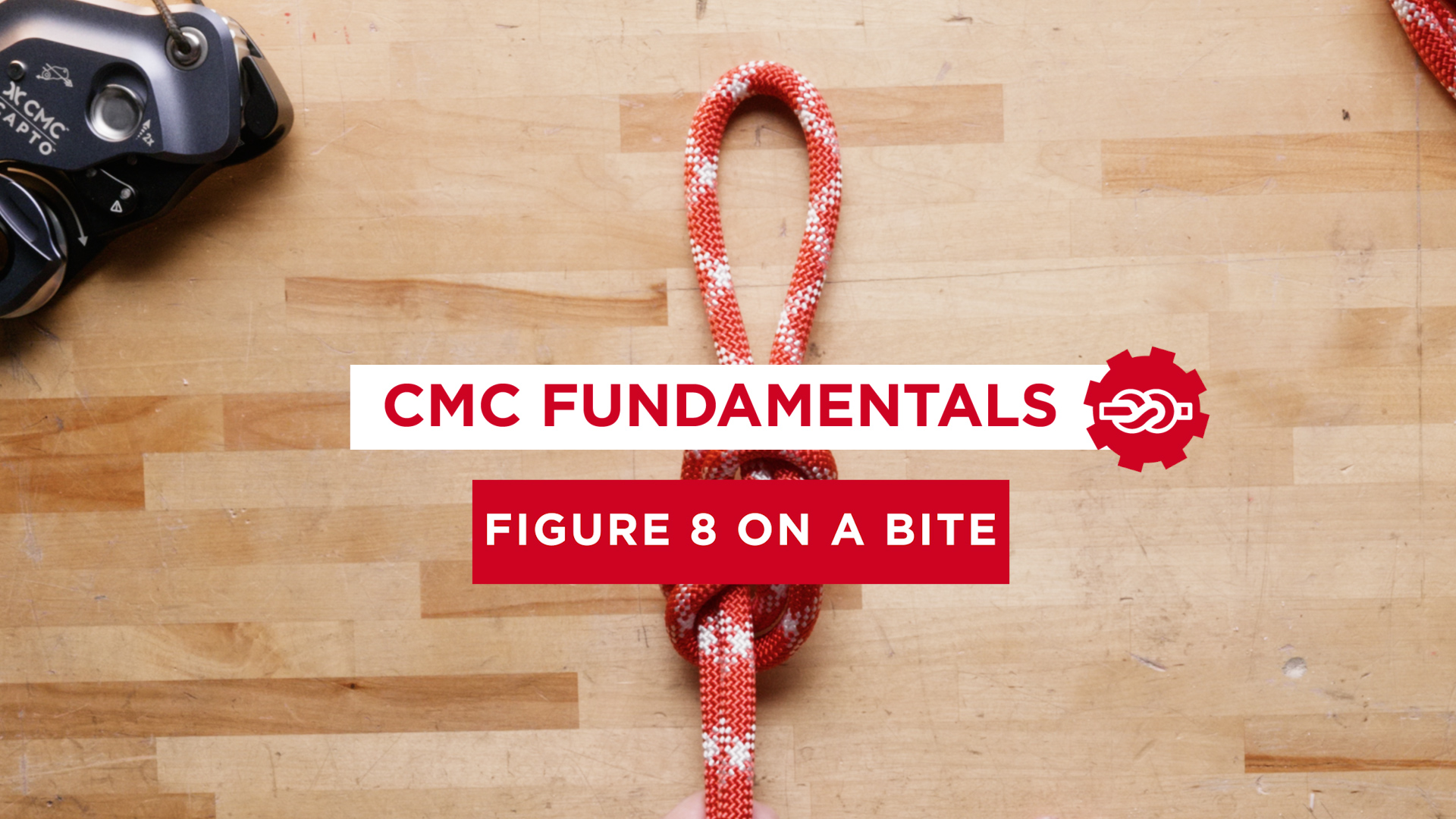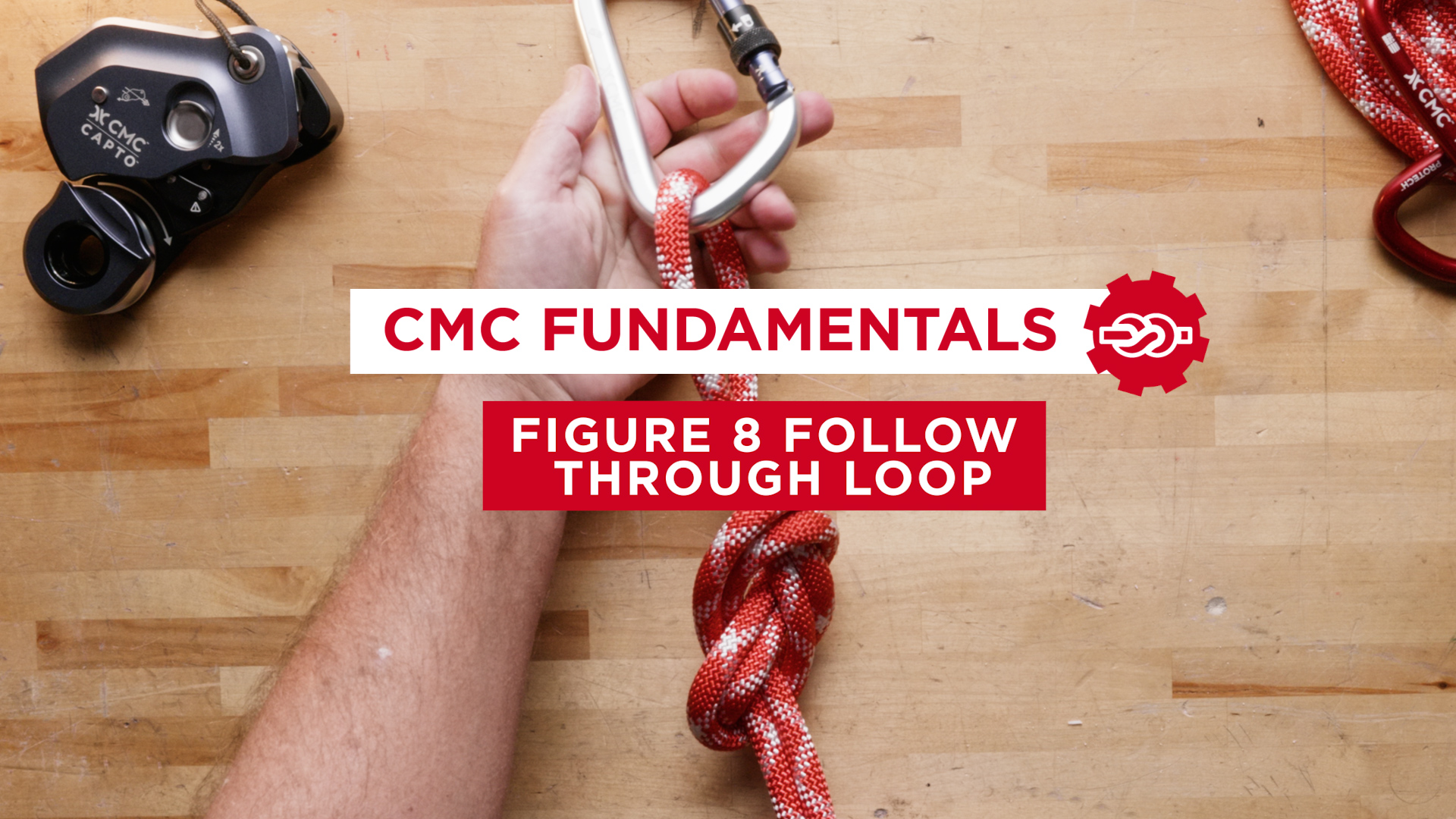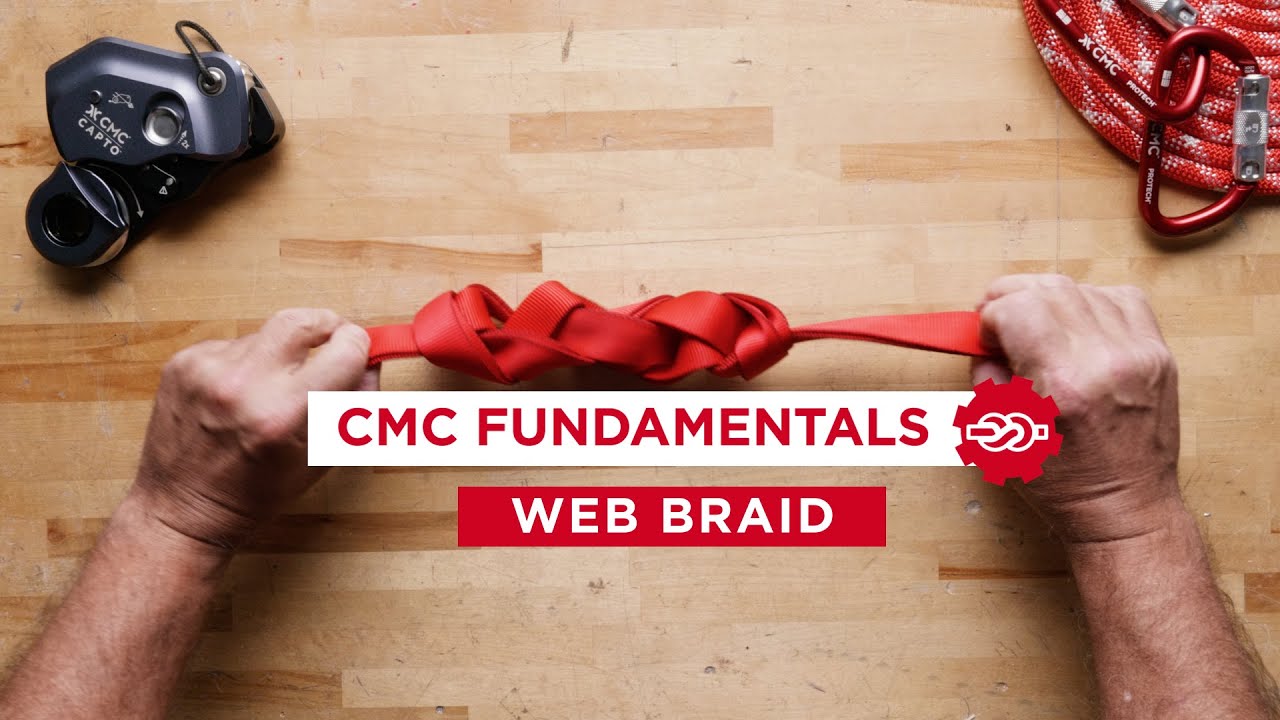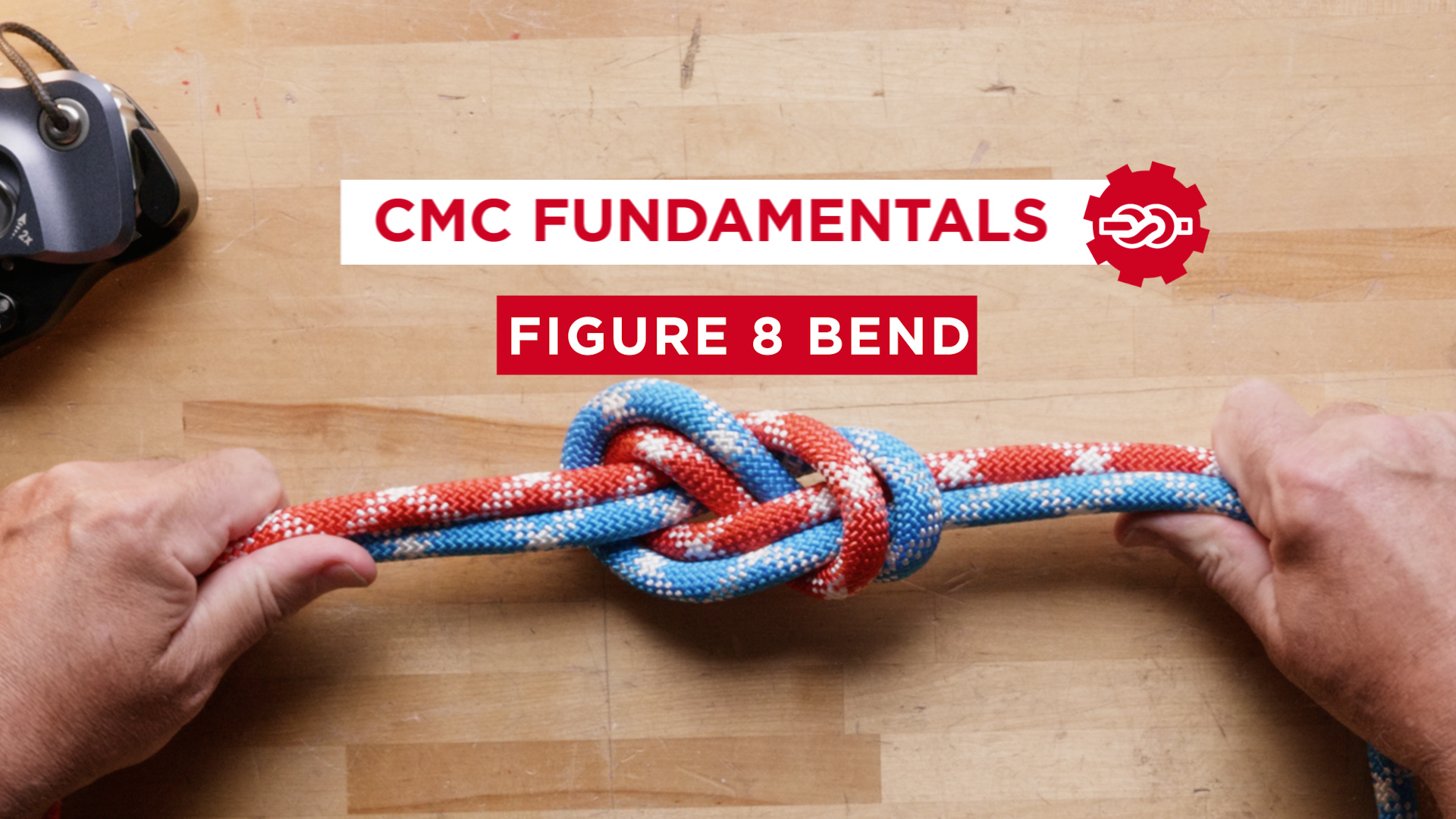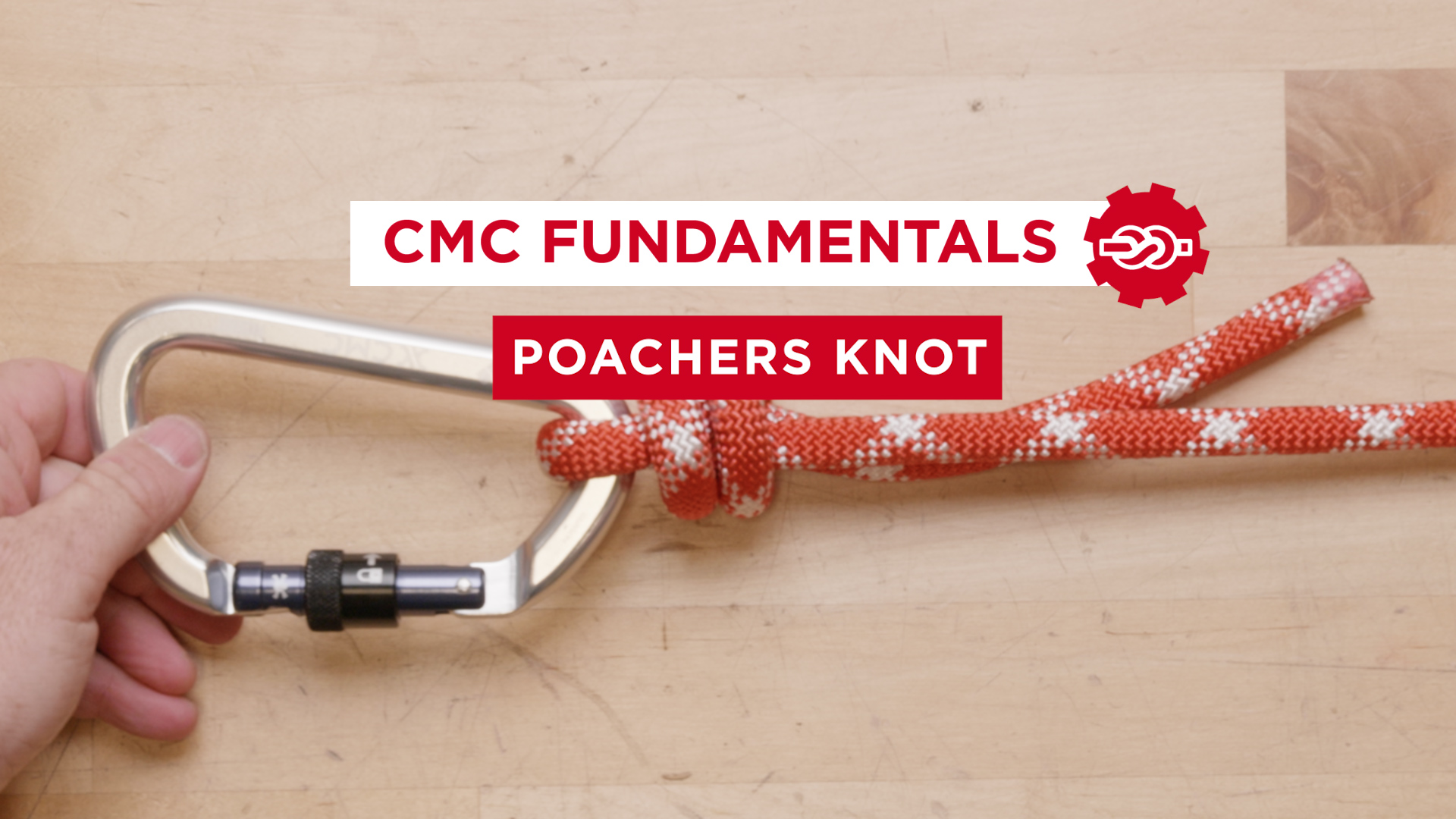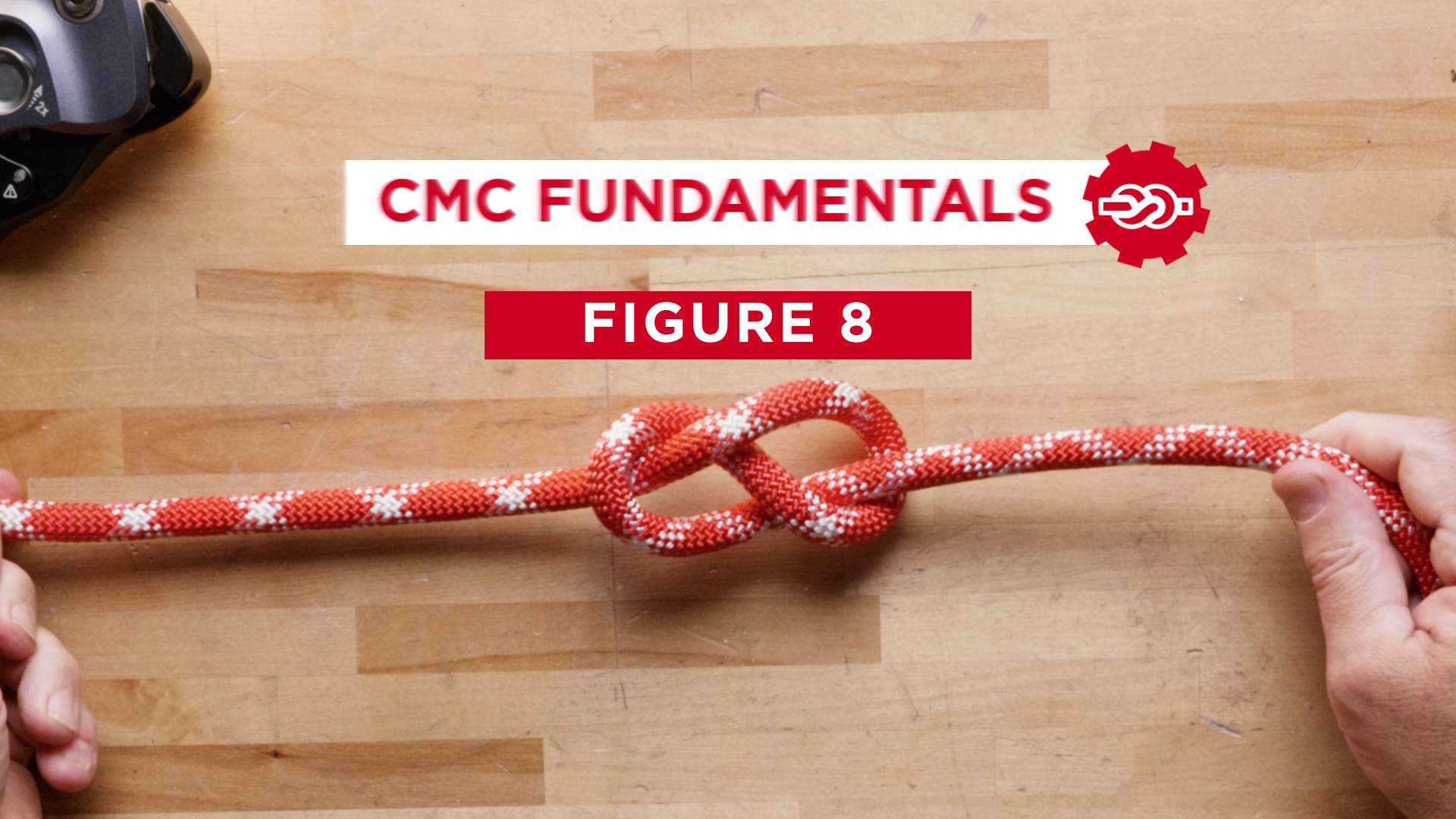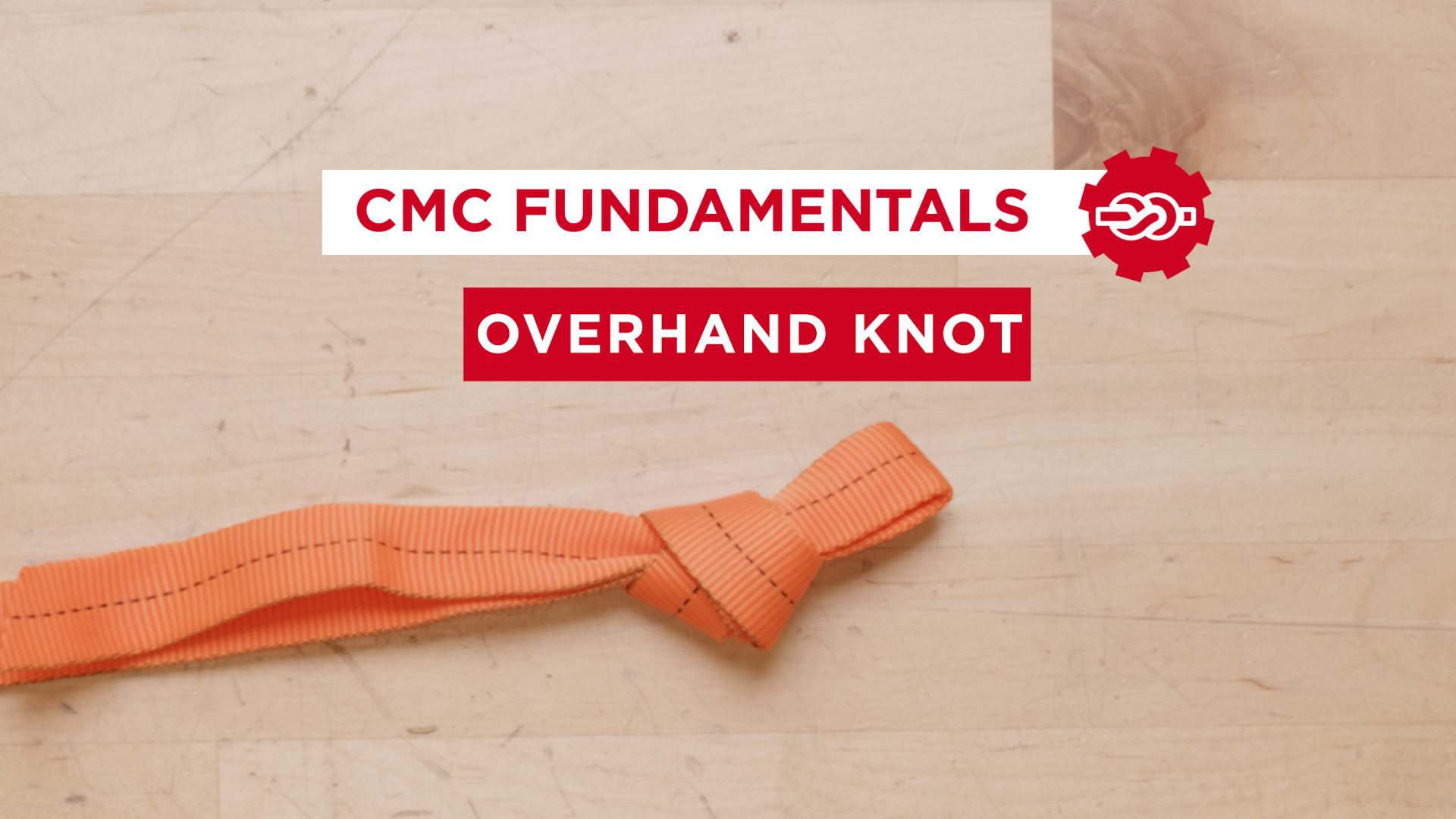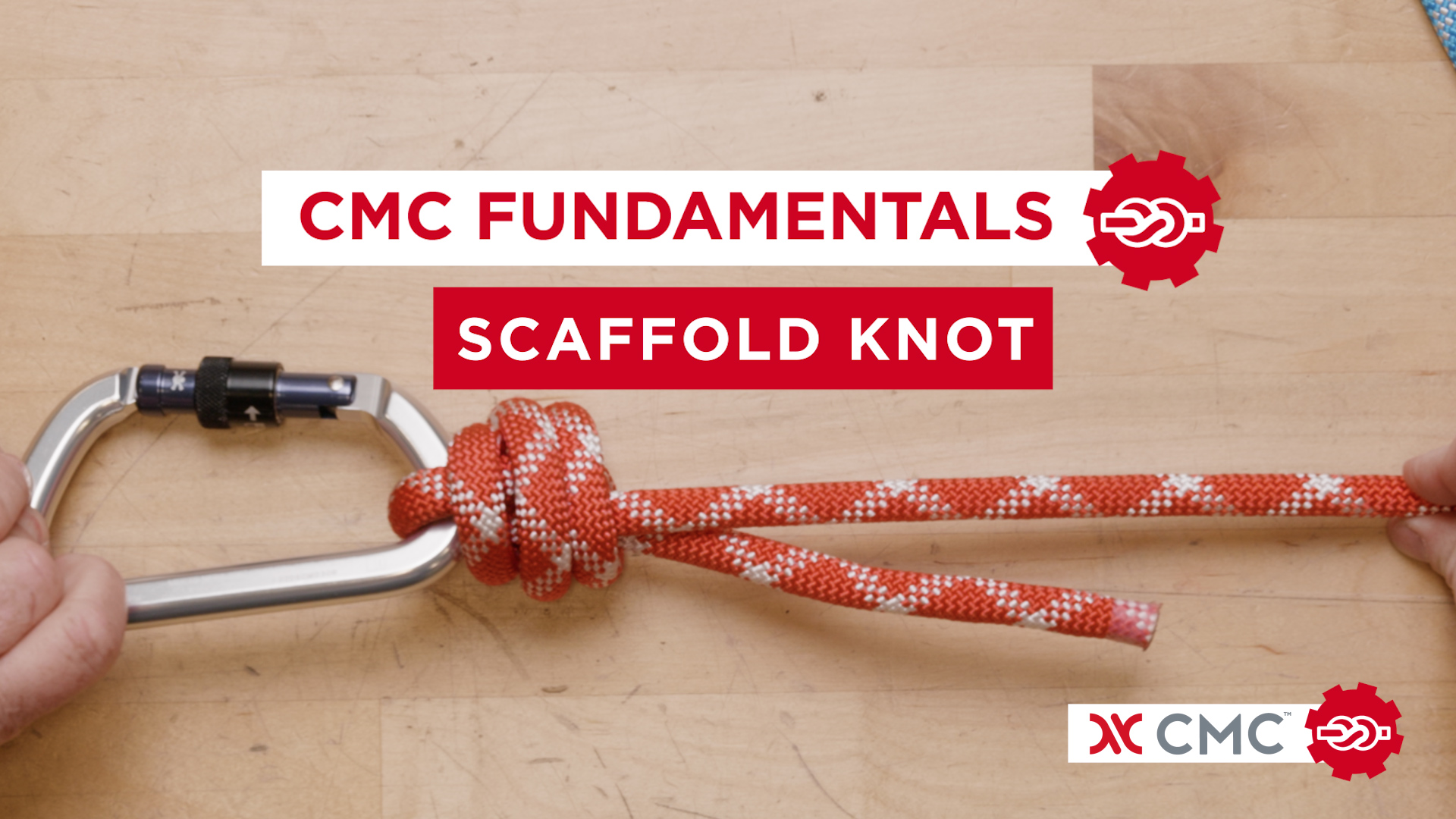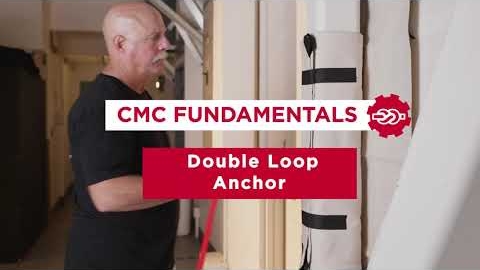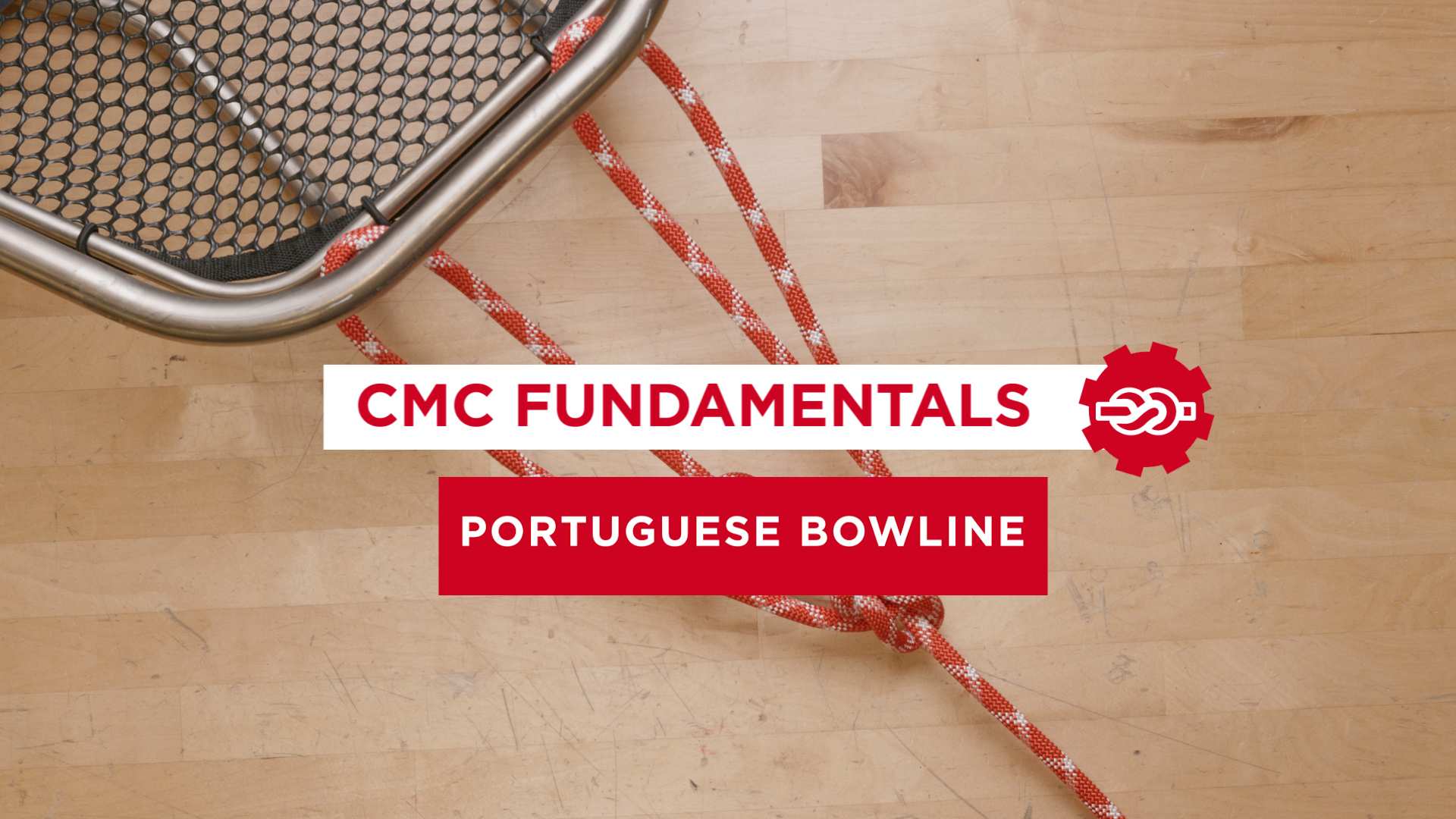Components of a System Safety Check // CMC Fundamentals
Welcome to CMC Fundamentals, a series created for technicians who are just getting started in the industry or who want to build their knowledge base. In this CMC Fundamentals video, Senior Instructor Dan “Kaz” Kazmierski demonstrates how to do a thorough system safety check.
It is important that thorough system safety checks are conducted by multiple rescuers prior to the loading of any rope system. Those checks should include both visual inspections and a touch test. When a rescuer is conducting a system safety check but can’t physically touch a component of the system because it is out of reach, they should at least point to it.
During repetitive training evolutions or movement of multiple patients, safety checks will need to be repeated. Edge protection can move, carabiners can become cross loaded, devices improperly loaded and ropes need to be reset. Recheck your system before each evolution. Do not become complacent!
Safety Check Summary:
At the Anchor:
- Check that all carabiners are locked.
- Check that all threads are fully engaged on any tri-links
- Check that anchors or anchor straps have edge protection
- Check that carabiners are attached properly in the system. When using Fast-Link Anchor Straps the red T-rated carabiners should be connected to the tri-link, not to the load carabiner.
- Check that nothing is cross loaded on the carabiners or anchor plate.
- Check that the DCD’s are properly configured. In this case, check that the CLUTCH side plates are fully engaged, that the handle is in the locked position and that the rope is rigged properly.
At the Change-of-Direction
- Checking that the edge protection has coverage around the entire anchor point.
- Check that any knots in webbing have 3-inch tails. •
- Check that the carabiners are not cross loaded and are locked. •
- Check that all pulley side plates are fully closed. Edge protection •
- Check that the rope is in the plastic grooves of the edge protection if so equipped. •
- Make sure there are at least two layers of canvas under the plastic edge pro. •
- Check that the edge pro is tied off in a way to keep it from sliding forward or horizontally.
- Additionally, check that the tie offs are angled outward to keep the forward pressure of the rope from moving the edge protection.
Edge protection
- Check that the rope is in the plastic grooves of the edge protection if so equipped.
- Make sure there are at least two layers of canvas under the plastic edge pro.
- Check that the edge pro is tied off in a way to keep it from sliding forward or horizontally.
- Additionally, check that the tie offs are angled outward to keep the forward pressure of the rope from moving the edge protection.
**Full Transcript Below**
In this CMC Fundamentals video, Senior Instructor Dan “Kaz” Kazmierski will demonstrate how to do a thorough system safety check.
It is important that thorough system safety checks are conducted by multiple rescuers prior to the loading of any rope system. Those checks should include both visual inspections and a touch test. When a rescuer is conducting a system safety check but can’t physically touch a component of the system because it is out of reach, they should at least point to it.
Starting at our anchor, we’re going to make sure that all the carabiners are locked. We’ll check the threads of our tri-links and make sure they are all fully engaged. Then we’re going to check whatever we used for our anchors whether it be rope, webbing, or straps to make sure that they have proper edge protection. And we make sure that carabiners are attached properly in the system. And in this case, when using the FastLink Anchor Straps, we make sure that the red T-Rated carabiners are connected to the tri-link not to the load carabiner. Check that nothing is cross-loaded on either the carabiners or anchor plates.
Next we check that the descent control devices are properly configured. In this case, with the CLUTCH, we’re making sure that the sideplates are fully engaged, that the handle is in the locked position, and that the rope is rigged properly.
Next we move on to our change of direction. We want to check that edge protection provides good coverage all the way around the anchor point. In this case, since we’re using 1 inch tubular and solid webbing, we’re making sure that the water knots have at least a 3 inch tail on each side or the width of your palm. Then we want to check our carabiners to make sure they’re not cross-loaded, and that they’re locked. And that all the pulley sideplates are fully closed.
Now once we get up to the edge, if we’re using edge protection that has grooves in it for the rope, we want to make sure that the rope is firmly placed in those grooves so that it won’t jump out. We want to make sure there’s at least 2 layers of canvas underneath the edge pro and we want to make sure that all the edge protection, in this case multiple layers of it, is tied off in a way to keep it from sliding either forward or horizontally. Additionally, check that the tie-offs are angled outward whenever possible to keep the forward pressure of the rope from moving the edge protection or bunching it up.

